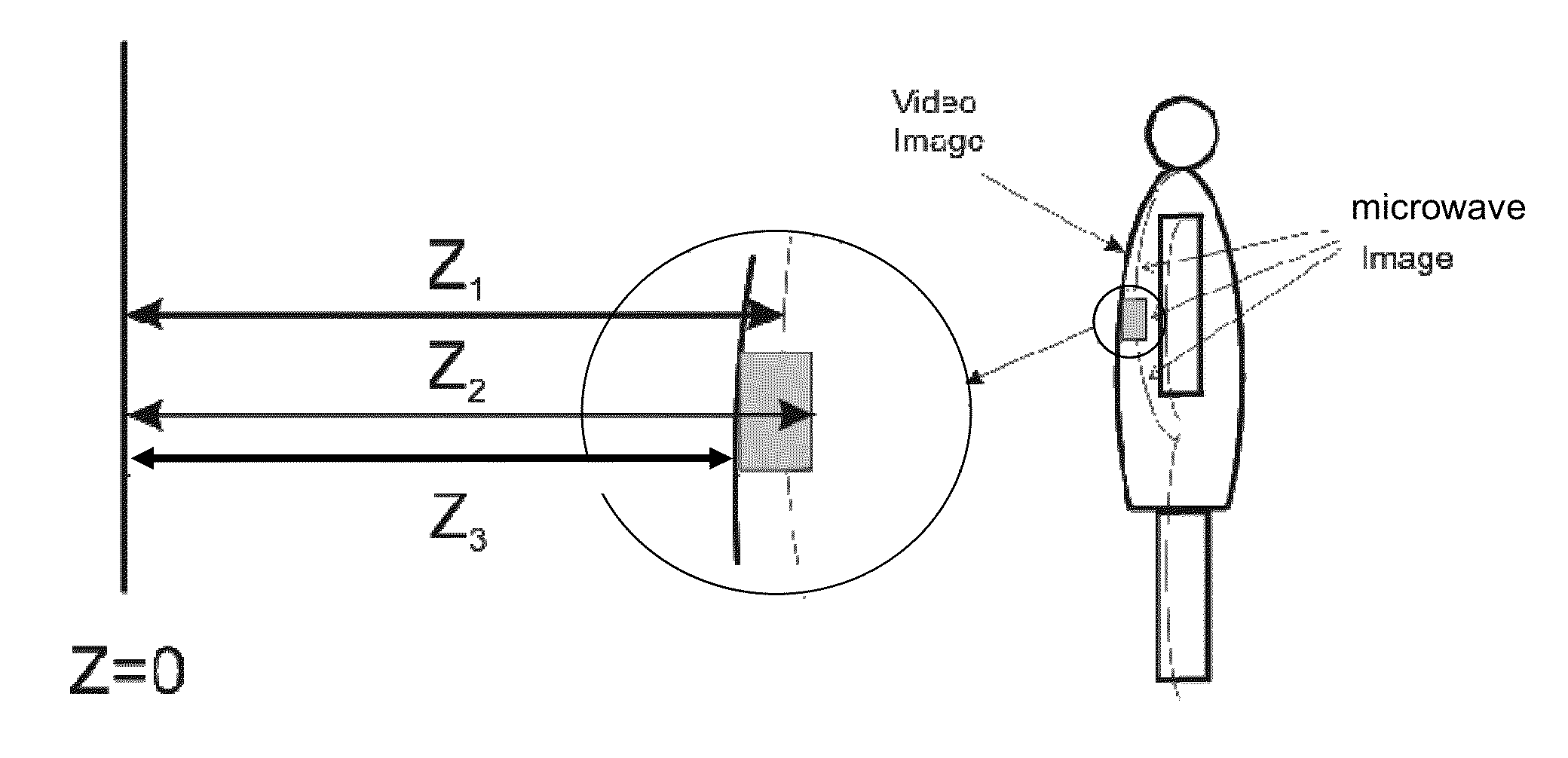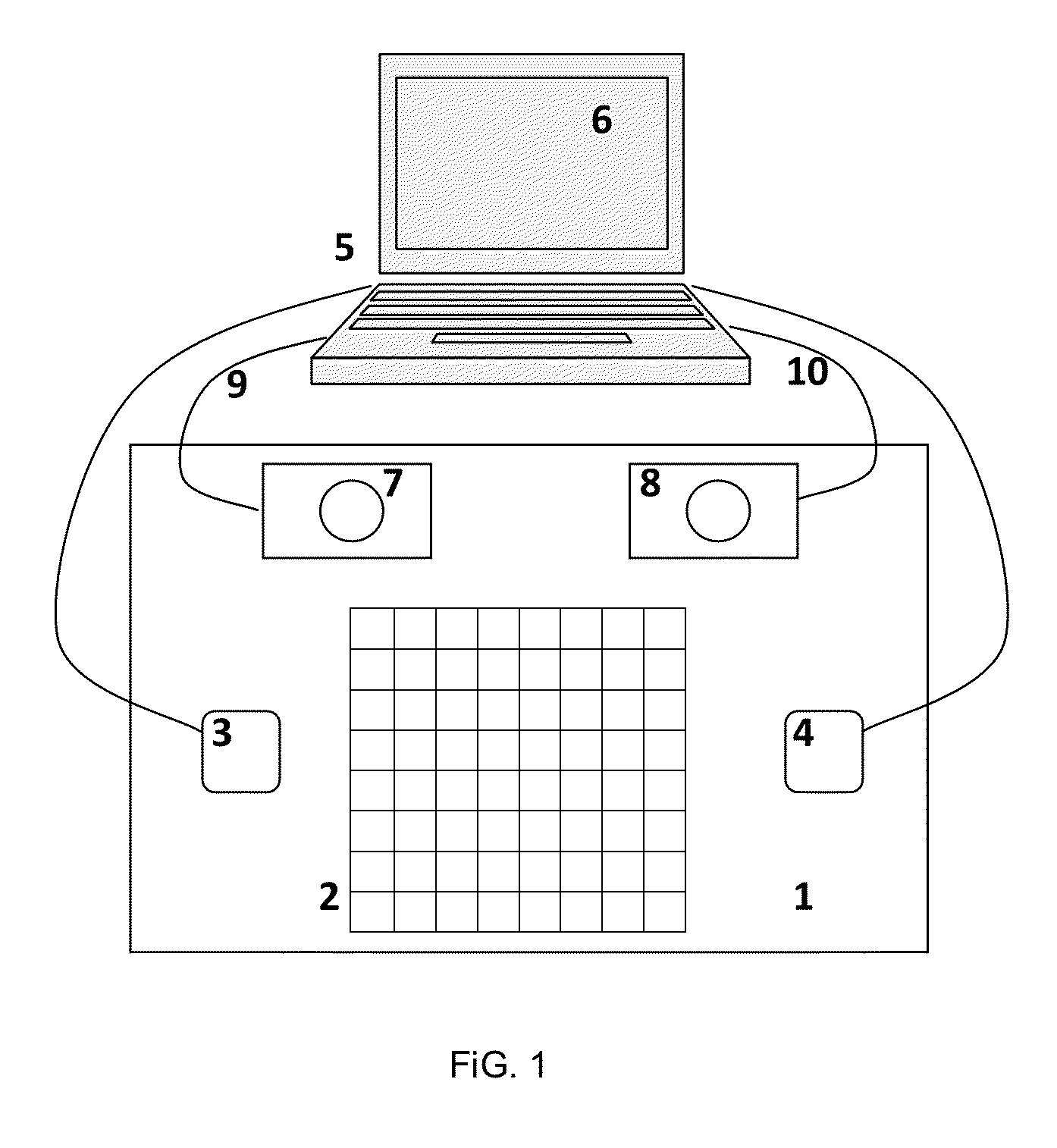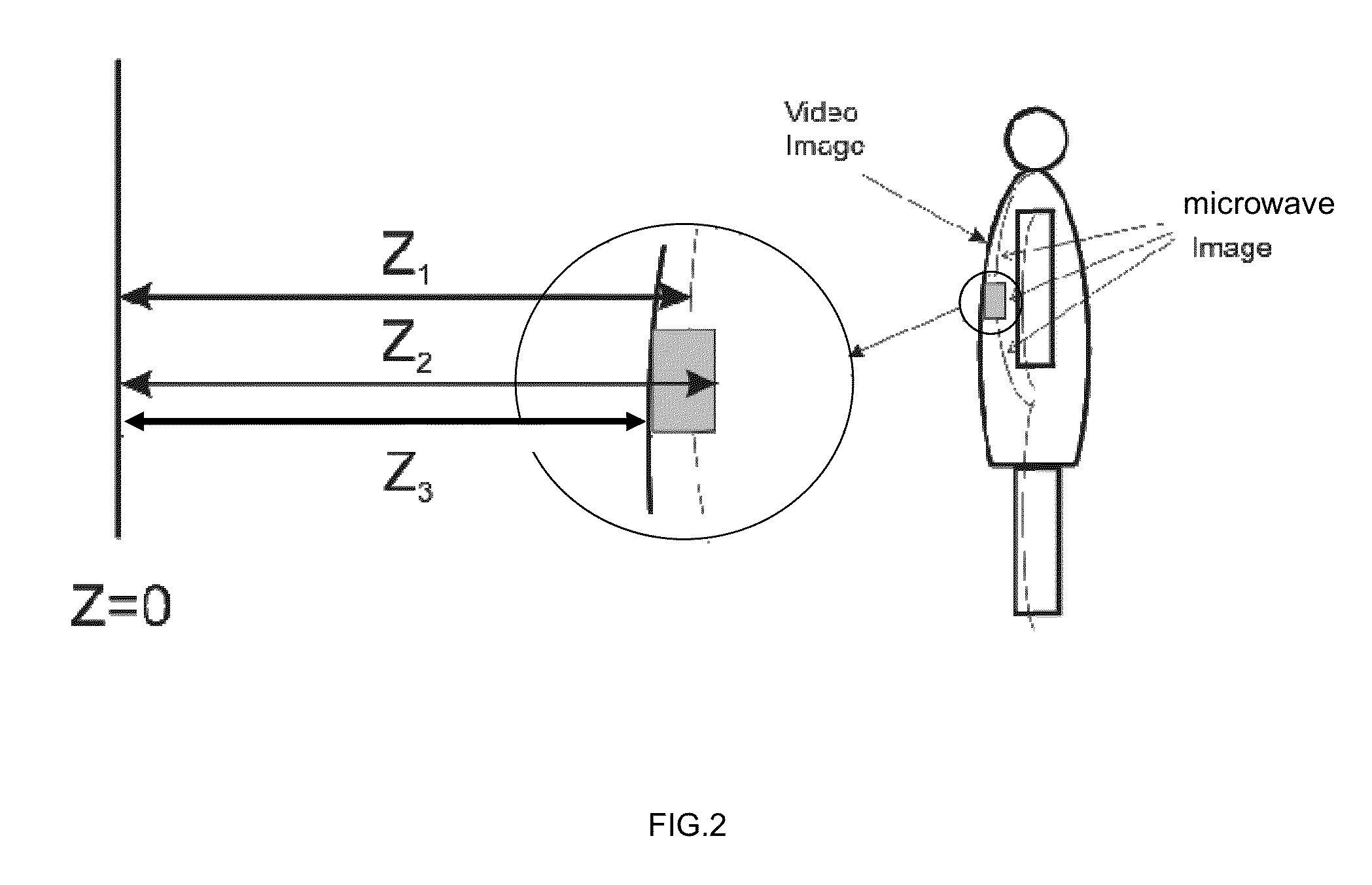Method and system for unveiling hidden dielectric object
a dielectric object and hidden technology, applied in the field of electric engineering, can solve the problems of not being able to use this method in the field of remote determination, unable to achieve the effect of determining the dielectric, and requiring the parallel arrangement of the layers of the dielectric obj
- Summary
- Abstract
- Description
- Claims
- Application Information
AI Technical Summary
Benefits of technology
Problems solved by technology
Method used
Image
Examples
Embodiment Construction
[0023]In the following description, for purposes of explanation, specific examples are set forth to provide a thorough understanding of the present invention. However, it will be apparent to one skilled in the art that these specific details are not required in order to practice the present invention. The same techniques can easily be applied to other types similar systems.
[0024]Implementation of the distinguishing features of the invention results in new important features of the claimed subject matter. In particular the invention makes it possible to remotely determine the dielectric permittivity of a moving, irregularly-shaped dielectric object.
[0025]In order to demonstrate the method for determining the dielectric permittivity of a dielectric object against the background of a reflector, a test dummy was used to mimic the human body serving as the reflector. The dummy had a dielectric object (beeswax) attached to the body. The goal of the experiment was to determine the dielectr...
PUM
 Login to View More
Login to View More Abstract
Description
Claims
Application Information
 Login to View More
Login to View More - R&D
- Intellectual Property
- Life Sciences
- Materials
- Tech Scout
- Unparalleled Data Quality
- Higher Quality Content
- 60% Fewer Hallucinations
Browse by: Latest US Patents, China's latest patents, Technical Efficacy Thesaurus, Application Domain, Technology Topic, Popular Technical Reports.
© 2025 PatSnap. All rights reserved.Legal|Privacy policy|Modern Slavery Act Transparency Statement|Sitemap|About US| Contact US: help@patsnap.com



